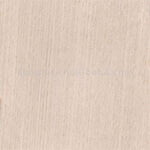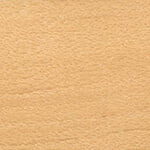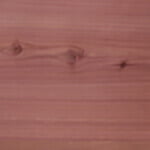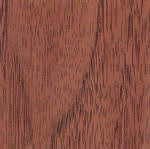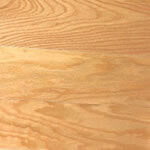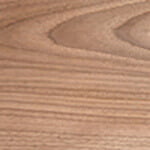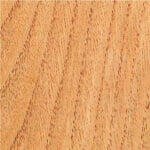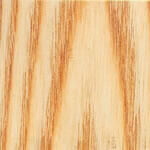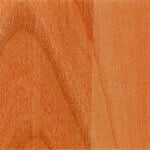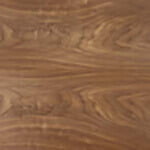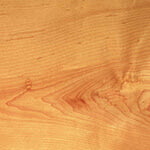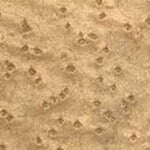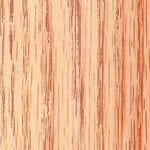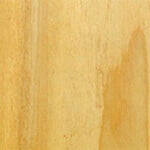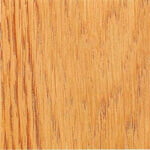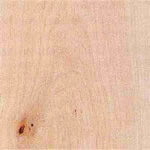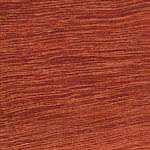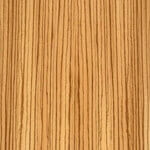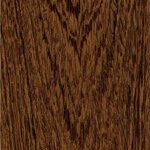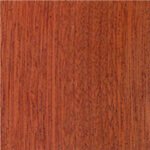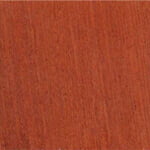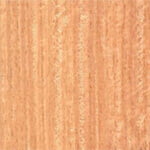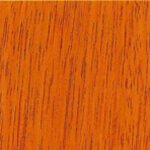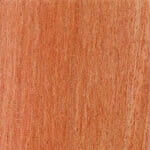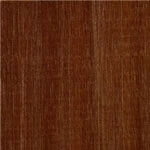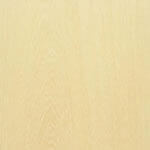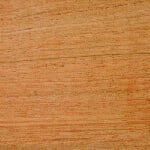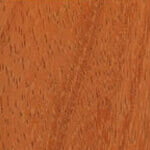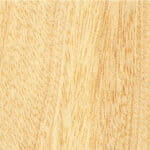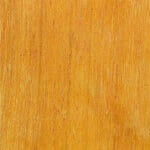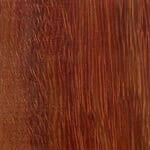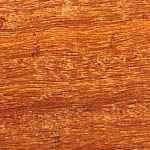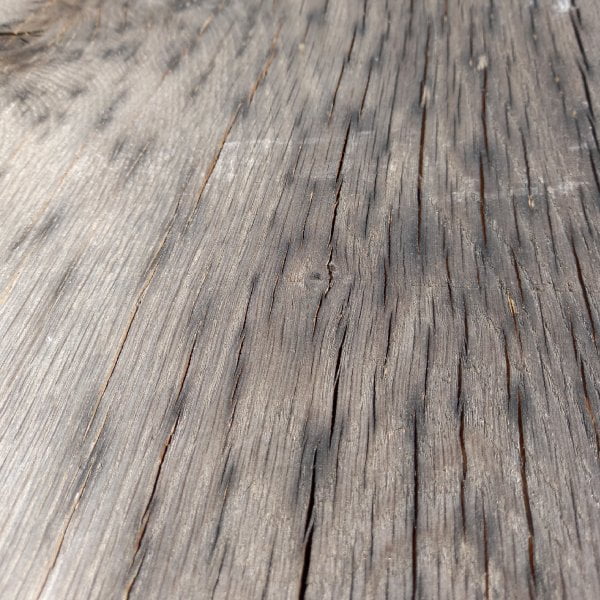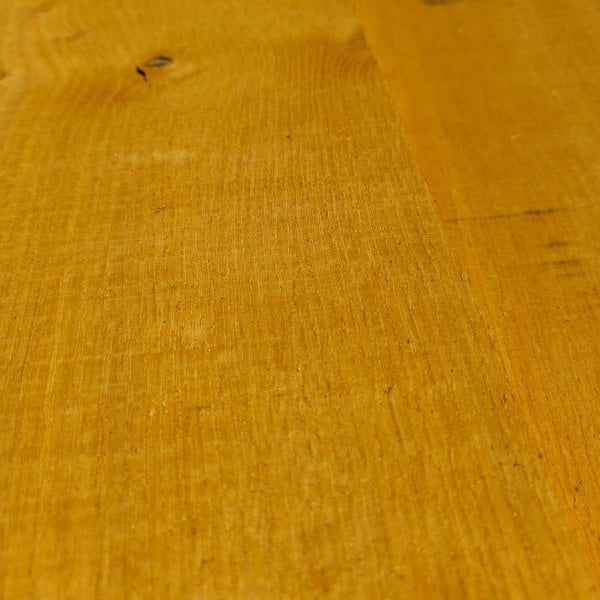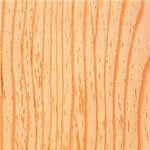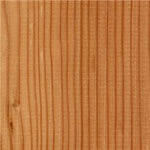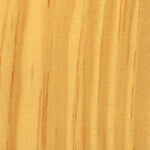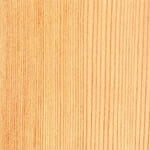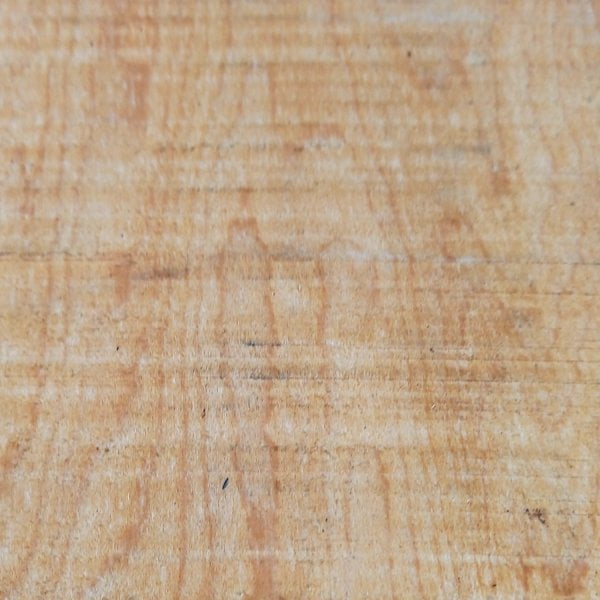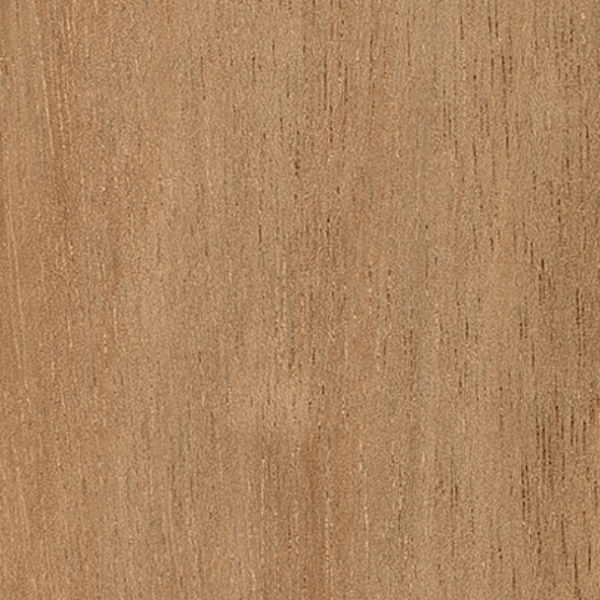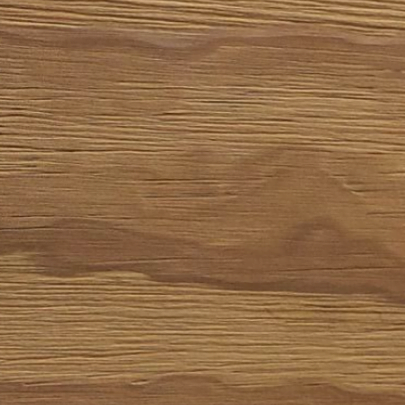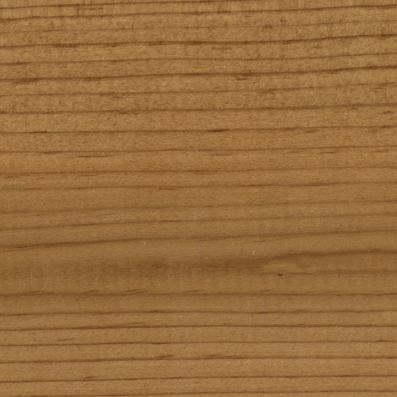In a perfect world we would be able to saw logs on a Monday morning and sell them to our customers that afternoon. However, unless fresh sawn material is required, hardwood timber has to be correctly seasoned to ensure that the boards you receive are in the best condition possible.
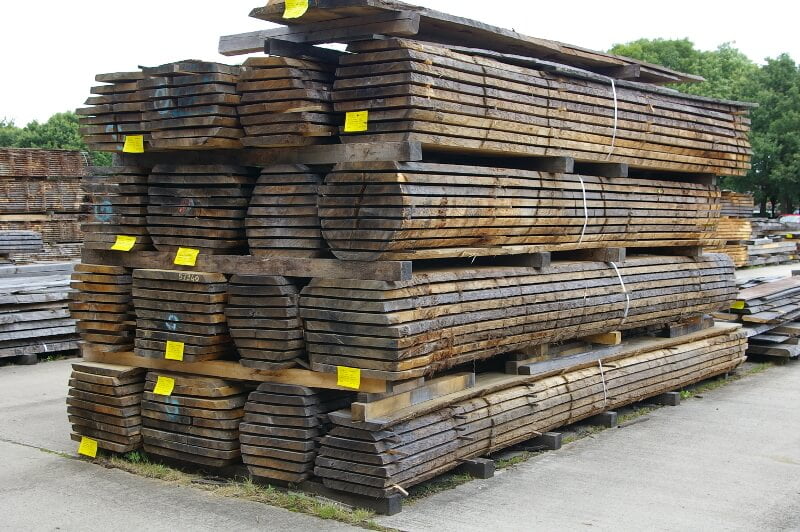
Stacking and Air-Drying Hardwoods
After cutting logs into planks of the desired thicknesses we place them into our air-drying timber yard. All species of timber dry at different rates but as a rule of thumb a year per inch is allowed for proper seasoning.
Depending on the thickness, width and length of the boards produced, planks are stacked in either log form or into packs known as “sets”. Whichever method is chosen it must ensure that the timber is kept free from distortion (i.e. twisting, cupping or bowing). A stack of timber must not be made too wide otherwise stagnant air can collect in the centre of the pack and cause uneven drying.
If you visit our yard you will notice that all of the boards in the air-drying yard have sticks between them. These stickers are produced from good quality, seasoned timber that is softer than the timber it divides otherwise marks can appears on the boards. They are also as narrow as possible as the timber they cover can be prevented from drying at the same rate which can cause staining. If a sticker is too narrow then it can cause marking of the boards due to too excess pressure being applied.
The spacing of stickers will depend upon the thickness of the timber being stacked. Generally the thicker the timber the wider the spacing can be. Stickers play an important role in the seasoning of timber, not only do they allow the air to flow in and around the individual planks in a pack of timber but it also ensures that the weight is distributed evenly throughout the packs.
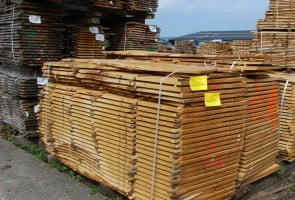
Protecting Timber against the Elements
The top boards in a stack are greater exposed to sunlight and therefore require protecting to minimise the risk of splits and checks appearing. A sacrificial board known as a cover board is generally produced during the first cuts on a log. These cover boards are strapped to the top packs to provide protection from the elements.
When packs have been produced and stacked in our yard we apply a coating of wax to the ends of each board. This wax coating protects the ends of the boards end remains in position as the timber dries and shrinks.
Our Seasoned Hardwood Timber
We stock a wide range of seasoned hardwood timber, from constructional timber and oak beams to ready to fit finished products such as oak flooring.
Should you have any questions then please do not hesitate to contact us for more information.
